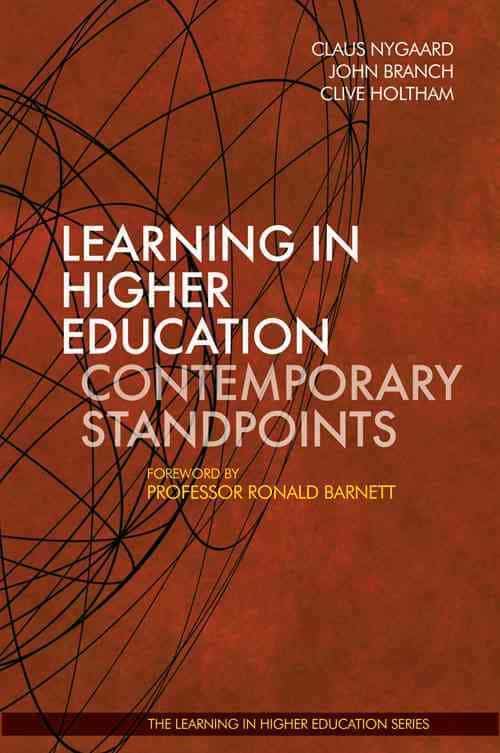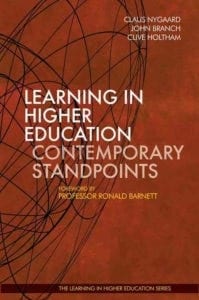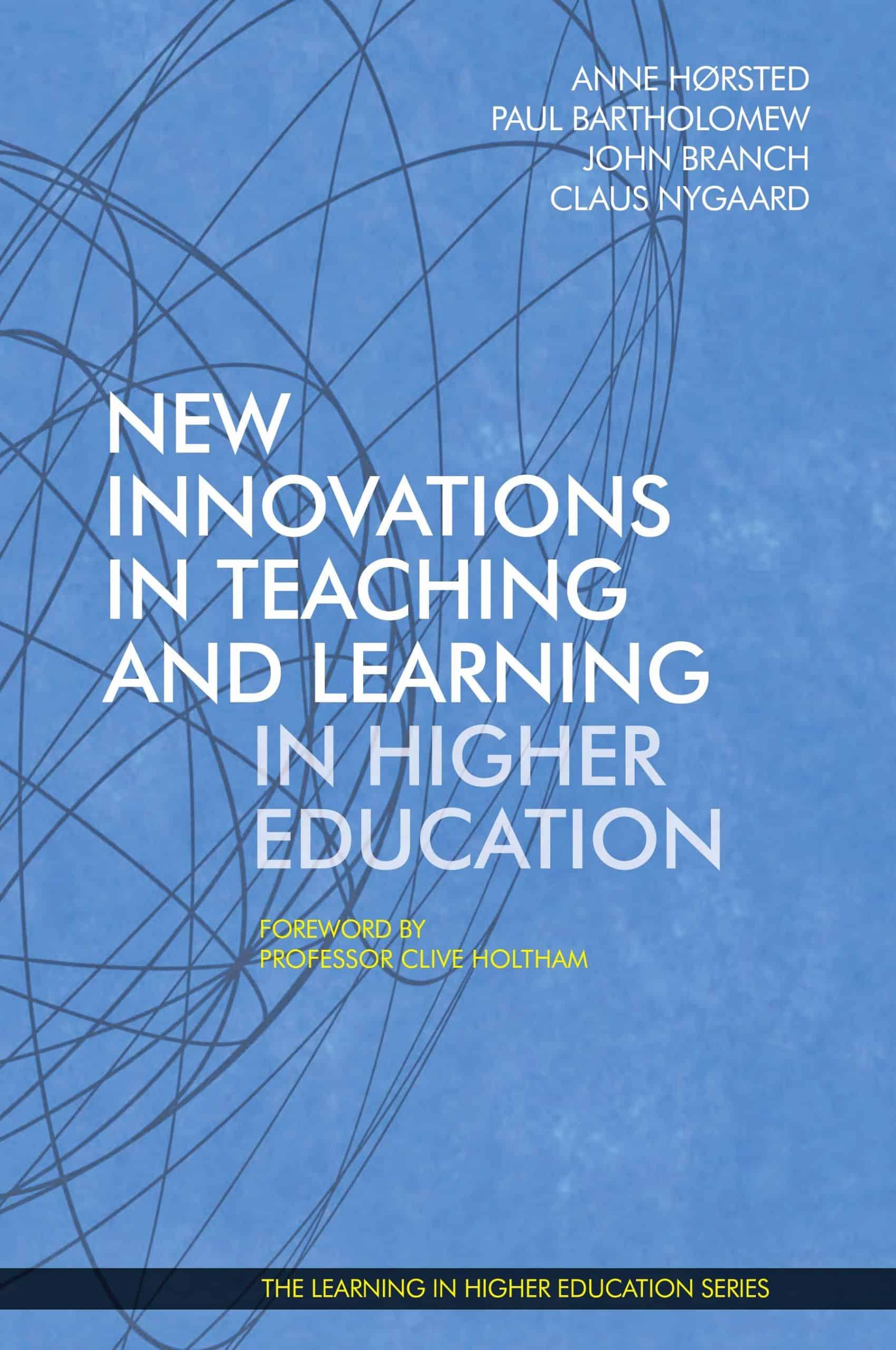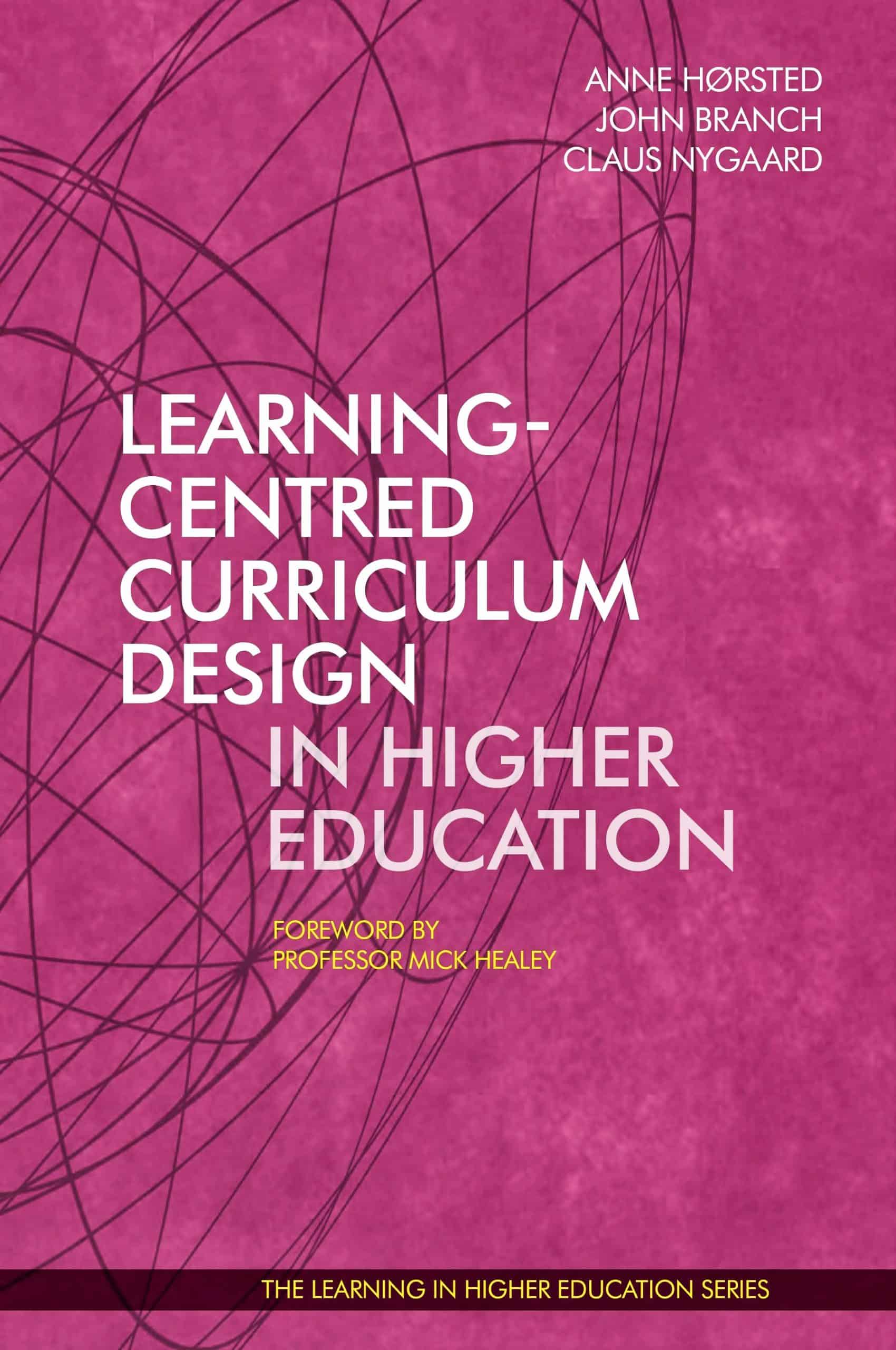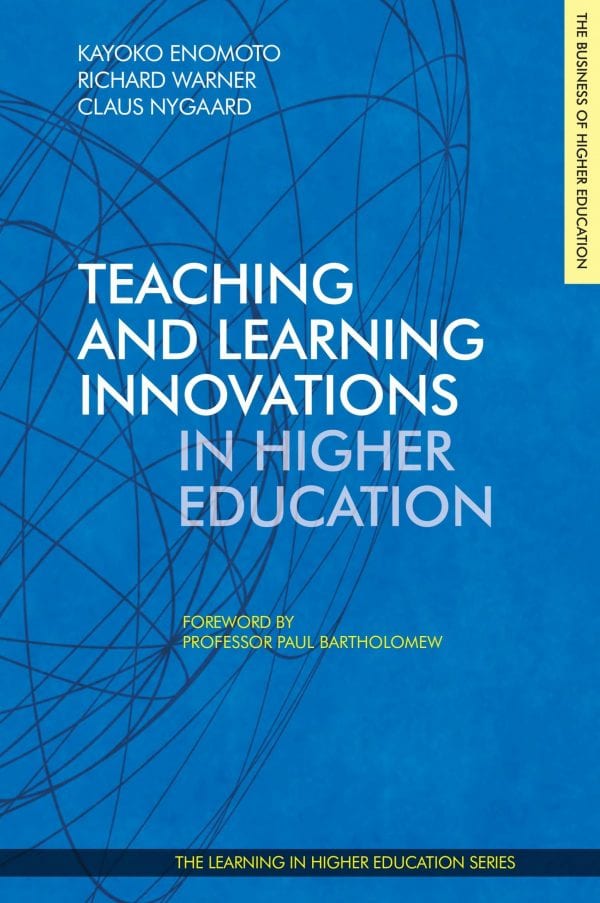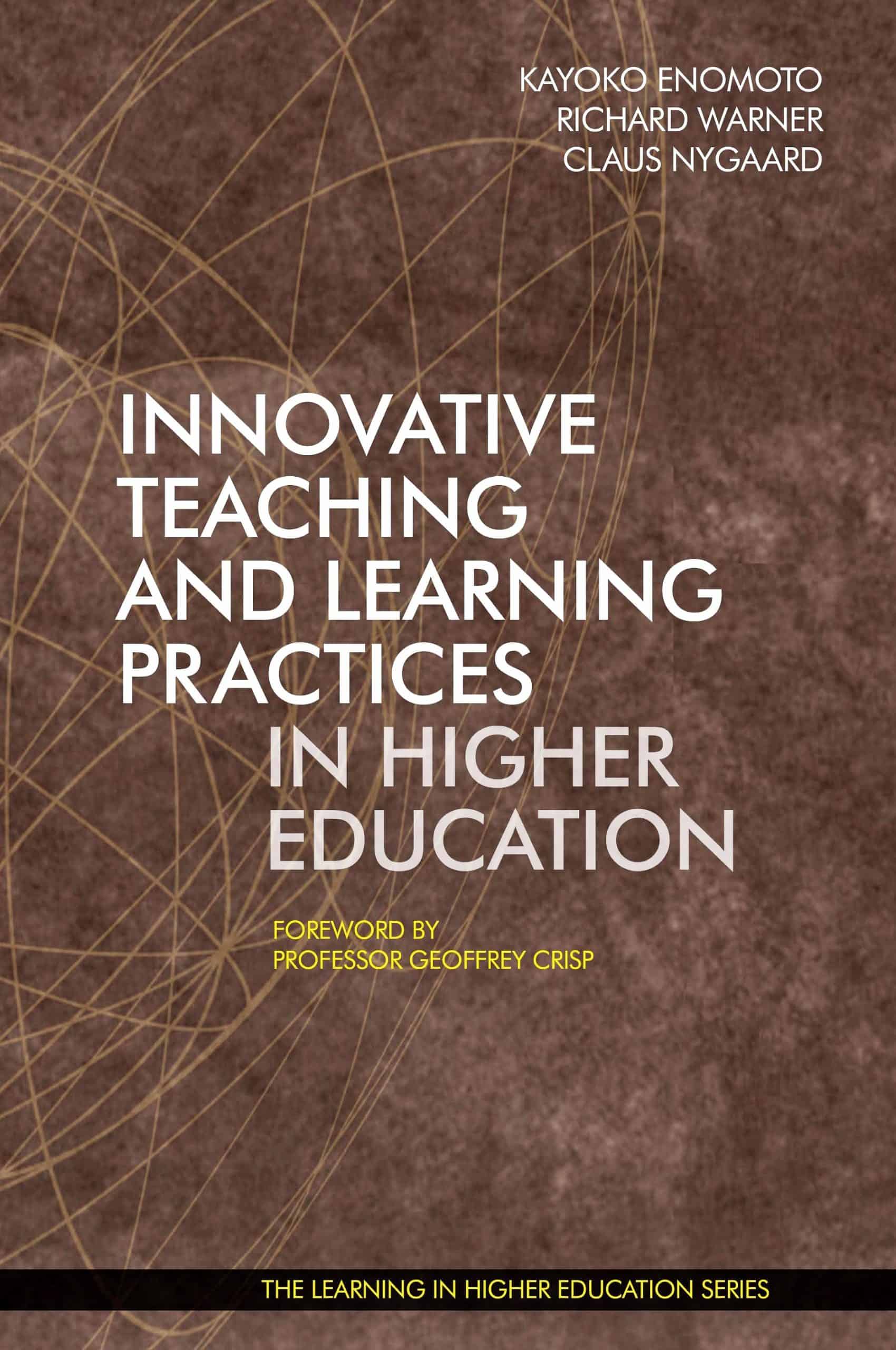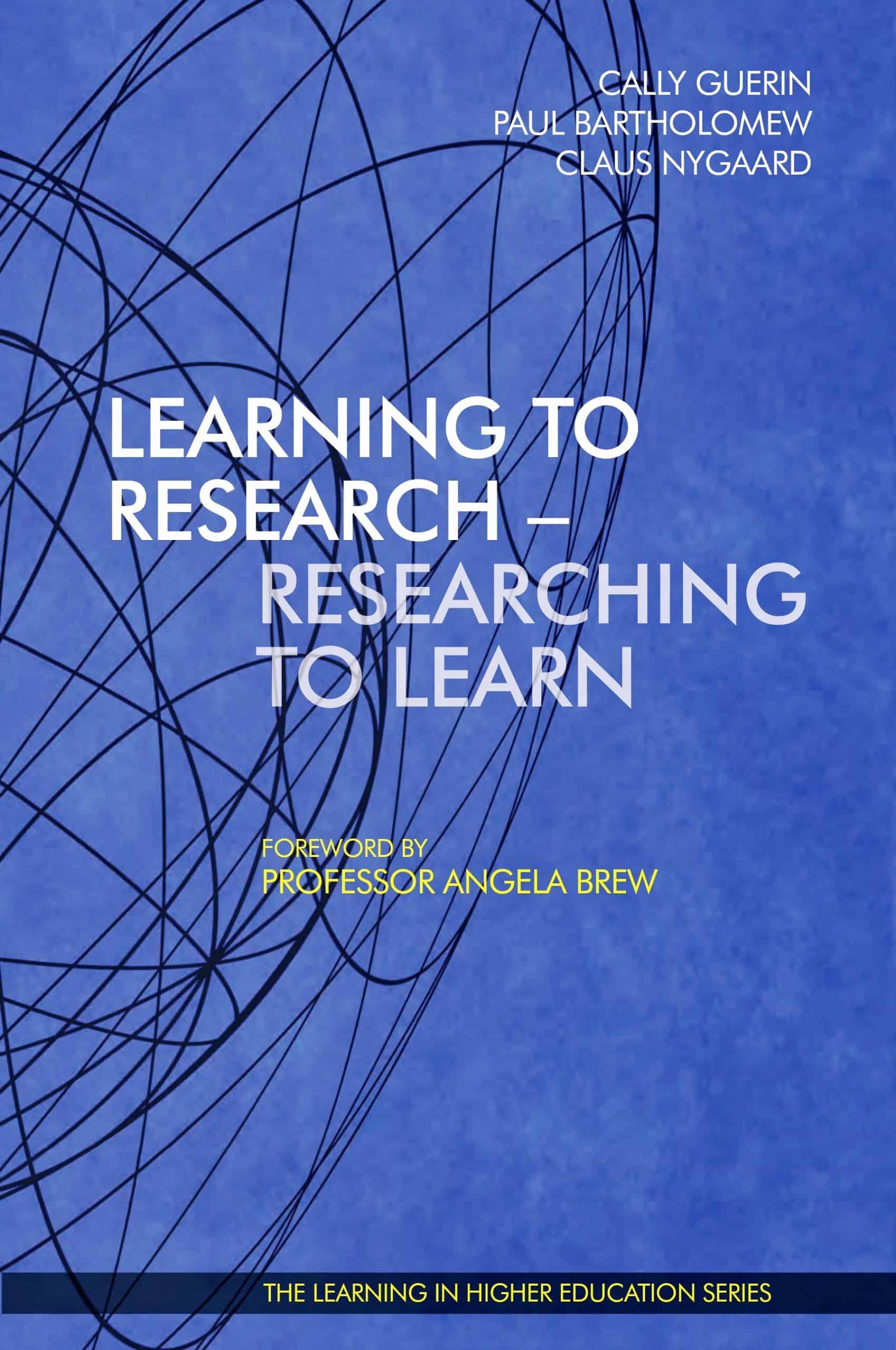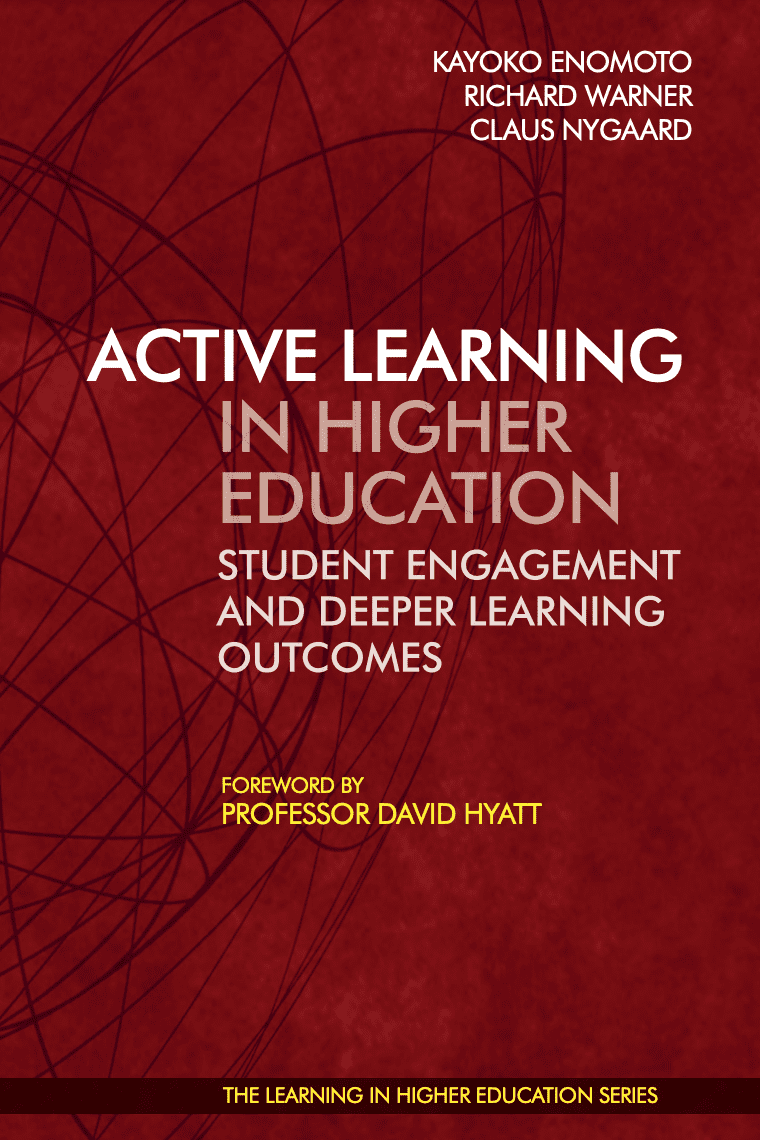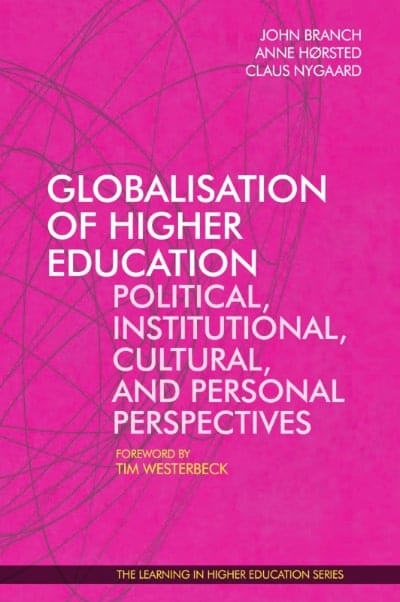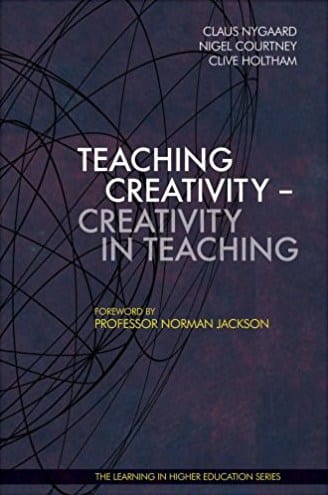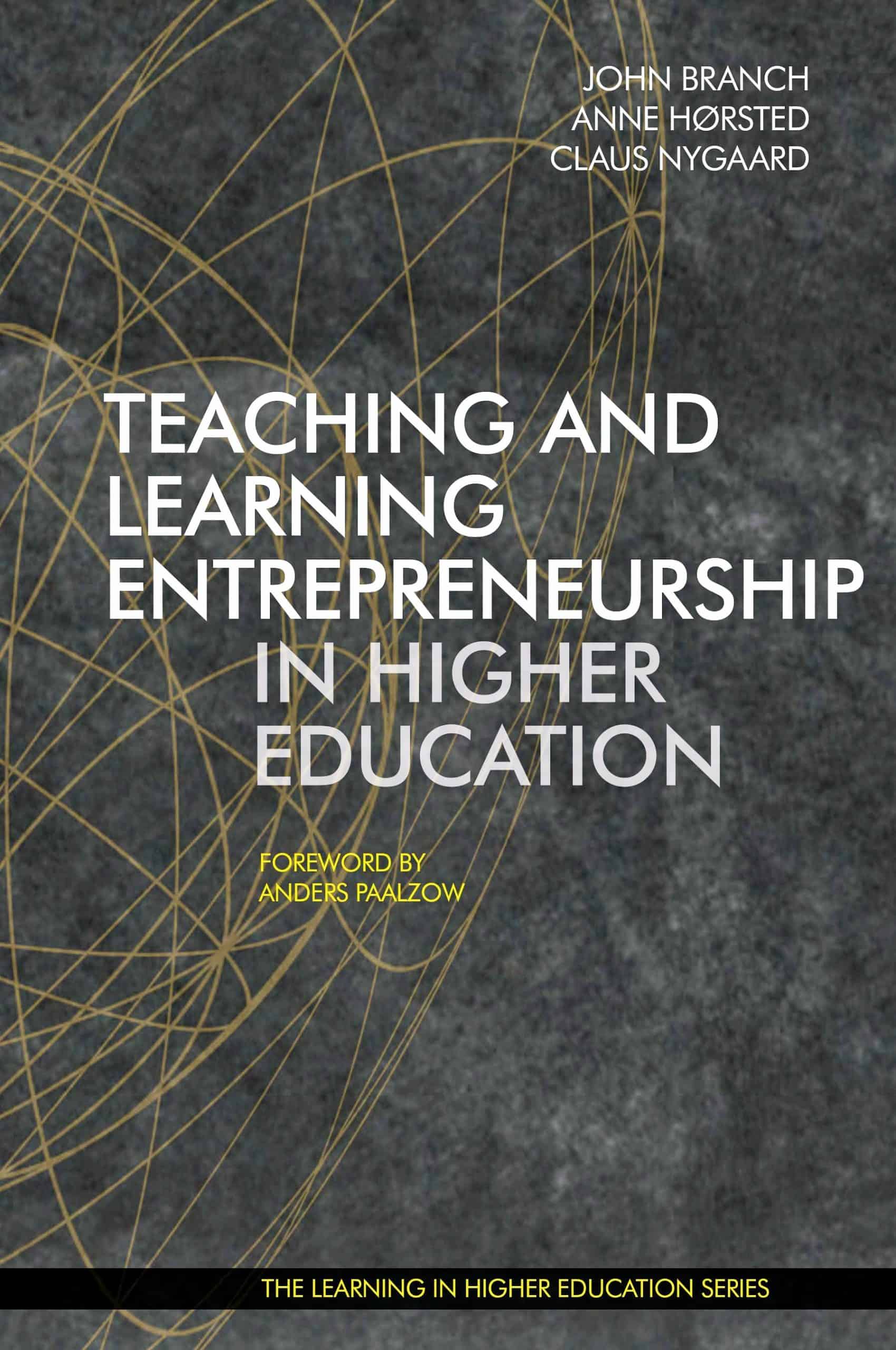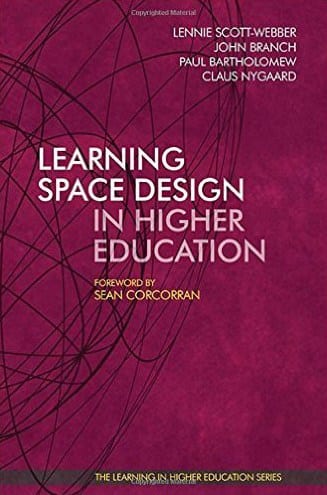Description
Learning in Higher Education – Contemporary Standpoints
The chapters fall into four categories, all central to learning in higher education:
1) Collaboration;
The chapters on collaboration argue that an important component in the development of students’ ability to learn for the future is their ability to engage, question and work together in teams.
2) Design;
The chapters on design focus explicitly on curriculum design and learning design which are argued to improve students’ ability to learn for the future.
3) Identity;
The third section of the book focuses on the role of student identity. Authors discuss how students’ identity plays an important role in their ability to learn for the future, and they argue that students are a heterogeneous group driven in their learning activities by their personal identity projects.
4) Transformation.
The fourth section of the book focuses on transformation into and out of university, explicitly dealing with ways in which students can be prepared to enter university and ways they can be prepared for their future roles in business.
About the Editors of Learning in Higher Education – Contemporary Standpoints
John Branch is Lecturer of Marketing and Academic Director of the part-time MBA programmes at the Stephen M. Ross School of Business, and Faculty Associate at the Center for Russian, East European & European Studies, both of the University of Michigan, USA. Claus Nygaard is a Professor in Management Education at Copenhagen Business School and Executive Director of LiHE. Clive Holtham is Professor and Director of the Learning Lab at CASS Business School, London, UK.
Pages: 254
Published: 2013
ISBN: 9781907471704
Overview of the Book
Foreword by Professor Ronald Barnett.
Chapter 1: A Call for Contemporary Practices of Learning in Higher Education. By John D. Branch, Clive Holtham and Claus Nygaard (pp. 1-10).
Chapter 2: Student-generated Questions: Enhancing Learning through Vicarious Experience. By Patrícia Albergaria Almeida and José Teixeira-Dias (pp. 11-28).
Chapter 3: Social-media Learning Environments. By Christine Lenstrup (pp. 29-44).
Chapter 4: Developing Student Contemporary Leadership Capacity through Teamwork. By Ieva Stupans (pp. 45-58).
Chapter 5: Learning Design and Transdisciplinary Pedagogical Templates (TPTs). By Eva Dobozy, James Dalziel and Bronwen Dalziel (pp. 59-76).
Chapter 6: Designing a Learning-centred Degree: Challenging to Learn and Learning to Challenge. By David R. Newman (pp. 77-92).
Chapter 7: Strategies for Augmenting Students’ Attention in Higher Education. By Barbara Hong and Catheryn J. Weitman (pp. 93-110).
Chapter 8: Universal Design for Learning in Higher Education. By John Branch and Alyssa Martina (pp. 111-126).
Chapter 9: Interrelationships between Student Culture, Teaching and Learning in Higher Education. By Steffen Löfvall and Claus Nygaard (pp. 127-150).
Chapter 10: ePortfolios and the Twenty-first Century: Learning in Higher Education. By Lori L. Hager (pp. 151-166).
Chapter 11: The Development of “Learning to Be” in Higher Education. By Yahui Su (pp. 167-182).
Chapter 12: Building Student Capacity for Reflective Learning. By Kayoko Enomoto and Richard Warner (pp. 183-202)
Chapter 13: Preparing for Learning: Incorporating Academic Literacies in a Pathway Programme. By Helen Benzie (pp. 203-222).
A detailed description of the chapters in Learning in Higher Education – Contemporary Standpoints
Section 1 of the book: Collaboration
In Chapter 2, Albergaria Almeida and Teixeira-Dias open this section with their study of how vicarious learning supports the development of students’ ability to question. They report from an empirical study of first-year chemistry students at the University of Aveiro, Portugal. Their data show that the oral questions formulated by some students during the development of group mini-research projects stimulated other students to raise questions during these sessions and also stimulated students to formulate questions during other class activities. They argue that these questions contributed to i) students’ engagement in the discipline and ii) increasing the interaction between students, and between students and the teacher. They see how students who engage in questioning gradually develop their ability to ask better questions, leading to better performance in mini-research projects and, subsequently, improvement in their final marks.
Lenstrup, in Chapter 3, discusses the importance of new ways of teaching and learning in higher education by using social-media learning environments for the new generation of “digitally native” students to become more engaged and motivated through the creation of a meaningful learning experience. She argues that, with the adoption of social-media learning environments, new openings and challenges arise both for the students and for the teacher, changing the role of the teacher from the traditional “expert” deciding the curriculum to one of a facilitator, supervisor or sparring partner for the students. She looks at how meaningful learning in second-language acquisition courses can be achieved through social-media learning environments by discussing some of the results from a teaching project at Copenhagen Business School in which the application of various ICT tools in language learning classes are analysed.
In Chapter 4, Stupans provides considerations for developing learning outcomes, learning opportunities and assessment which provide an opportunity for students to develop leadership. She argues that our universities have yet to consider how leadership should be taught and assessed since modern leadership theory has shifted from a focus on the individual leader toward the collective act of leadership. She proposes that pedagogically sound teamwork has the potential to contribute to the development of leadership alongside disciplinary knowledge. Her conclusions are threefold. First, teamwork in the higher-education environment, critical to the contemporary leadership development trajectory, needs to be structured so that it facilitates all students to identify with leadership. Second, alignment of learning outcomes, learning opportunities and assessment around teamwork provides a framework for the conceptualisation of the development of students’ leadership capacity. Third, scaffolding student learning – through clarity and explicit communication regarding definitions, benefits, expectations and processes – is critical.
Section 2 of the book: Design
In Chapter 5, Dobozy, Dalziel and Dalziel argue that, in order to professionalise the future workforce, paradigmatic changes are required in the way that university education is conducted. A possible way forward, they argue, is an adoption of Learning Design principles and the successful dissemination of knowledge-centric transdisciplinary pedagogical templates (TPTs) for use in various educational contexts. In their chapter, they explore the implementation of Learning Design principles through the development of such knowledge-centric TPTs and gauges of initial practitioner reactions. They discuss the benefits of knowledge-centric TPTs for the renewal of university education and point to some obstacles identified in pilot implementations of scenario-based designs in medical and teacher education.
Chapter 6 sees Newman present the pedagogical considerations behind the development of the curriculum for a new one-year Master of Public Policy degree at the postgraduate level. Writing from six months of action research, Newman shows how the degree design, based on the transmission of content, could be transformed into challenge-based learning over time. He looks at the degree objectives and the requirements and constraints set by different stakeholders, discusses alternative theory-based pedagogies, and sets out some appropriate combinations of pedagogy and technology that will best support student learning for this new degree.
Hong and Weitman, in Chapter 7, focus on attention as the core of all learning. Without attention, they argue, learning is difficult to achieve, if not impossible, because attention leads to interest, motivation, active and deep thinking. Dealing with design principles, they bring to the forefront key features of cognitive science for faculty members to consider as they design their teaching and ultimately impact students’ learning. This is relevant, they argue, as faculty members in higher education yearn for students to pay attention, become interested in the discipline at hand and, in most cases, interact or become engaged with the material. An underlying argument is that, while most faculty members recognise the signs of students who are attentive, responsive and involved, they rarely consider the dynamics of attention and their own impact on the interaction between teaching and learning. Reading this chapter will hopefully inspire faculty members to do so when they engage in curriculum design.
Chapter 8 sees Branch and Martina focus on universal design for learning, a proactive approach to teaching and learning design that benefits students with disabilities. They review the history and principles of universal design and argue that much is yet to be done in order to accommodate the needs of disabled students in higher education. Their chapter presents an important functional, ethical and symbolic challenge to HEIs which, unfortunately, has often been overlooked due to the relatively low proportion of disabled students. However, with the numbers growing, and the rise of inclusive learning design strategies, their chapter becomes increasingly relevant.
Section 3 of the book: Identity
In Chapter 9, Löfvall and Nygaard discuss the possible relations between student culture and teaching and learning at universities. They present four ideal types of student culture and argue how student identity and student learning are affected by the identified student cultures. It is their main argument that universities can play an active role in forming student culture through their curriculum strategies and they present two alternatives (the content stream and the process stream) which inform and guide curriculum development and thus the student culture. They end their chapter on a normative note, introducing six different areas which can be clearly addressed and developed within the university and which have an impact on student culture and, consequently, on teaching and learning: 1) classroom activities; 2) online activities; 3) campus design; 4) teacher training; 5) policy forums; and 6) university branding. These areas are presented as inspirational points for the future development of a culture of student engagement.
Hager, in Chapter 10, argues that universities and colleges are forced to respond to changes in the workplace demanding that students exit higher education with twenty-first-century skills such as creativity, collaboration and pattern making. This gives rise to a new student body with a new mindset and identity not achieved through traditional lecturing. She introduces the concept of ePortfolio learning as a driver for such transformations in teaching and learning in higher education, resulting in changes in the classroom environment which radically challenge traditional teaching and learning. She examines the ways that faculty and students are responding to these challenges through embedding ePortfolios in teaching and learning. Linking to this, she also discusses the larger implications for transformations in higher education as a result of participation in building interdisciplinary communities of learners through blended learning environments. As such, new roles and identity of students are discussed.
In Chapter 11, Su centralises student identity when arguing that the learning practices associated with a modern university education cannot be sustained only by the acquisition of skills and knowledge. Students should also “learn to be” if they are to find their values and develop identities in the long term in a world of change. Students are expected to learn to deal with authenticity-oriented tasks or projects and to construct and develop their personal meanings and existences in a more engaging and reflective mode in order to meet the possible challenges of future life and career situations. She concludes that learning for oneself by moving beyond disciplinary boundaries should be the focus of university education because – she argues – this will enable students to live authentically and continuously in a reflexive world in an ontologically self-directing manner.
Section 4 of the book: Transformation
Enomoto and Warner in Chapter 12 explore a reflective learning model to prepare students for lifelong learning. Their model was piloted with a diverse cohort from various cultural, linguistic and disciplinary backgrounds, in a first-year language course in an Australian university. Scaffolds to practise reflection and opportunities to experience interim successes as rewards were systematically embedded in the curriculum. To support their argument about student transformation, they present qualitative analyses of students’ reflective writing and show that the reflective learning model effectively developed students’ transferable reflective learning skills to learn how to learn – building learning capacity through reflection by transforming individual experiences into learning. The reflective learning model, they argue, encouraged students to understand and value their learning processes, not just marks, as valid manifestations of “learning” directly relevant to their futures.
Chapter 13 sees Benzie focus on the role of preparatory programs for helping students transform from one educational context to another. She argues that just as students enter university from a variety of educational and cultural contexts, the level of preparation they have received before entry to higher education has become a topic of interest. Preparatory programs exist to enable students from disparate educational and cultural contexts to access the academic and linguistic practices that will bring them success in higher education, but preparatory program curricula could flow into disciplinary curricula more explicitly to provide smoother transitions for international students. In her chapter, she focuses on an English-for-academic-purposes preparatory program for international students at an Australian university and its intersection with the Masters in Commerce to which they proceed. Course texts and student interviews are accessed to explore the relevance of the preparation for the Master’s program. A series of mismatches in approaches to learning has implications for curricula in both programs. These can, she argues, be minimised through learning processes that make more explicit the practices of the academy.
